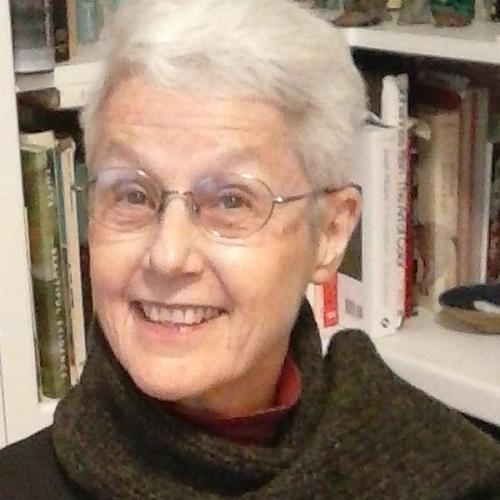Dr. Penelope B. Drooker
B. A., Geology, 1965, Wellesley College
M.S., Hydrology, 1968, University of New Hampshire
A.L.M., Anthropology, 1989, Harvard University
Ph.D., Anthropology, 1996, The University at Albany, State University of New York
My archaeological research centers on two areas: the Contact Period in eastern North America (ca. 1500-1750), and perishable material culture, particularly archaeological textiles.
The Contact Period, during which Europeans began to explore the Western Hemisphere and they and Native Americans initially encountered each other, was an era of rapid change, even far inland from where face-to-face confrontations and accommodations were taking place. I am particularly interested in tracing changes and continuities in inter-regional interaction patterns through the movements of European trade goods and indigenous objects of value such as engraved marine shell gorgets and redstone pipes, and assessing the accompanying changes and continuities in Native lifeways during this turbulent period.
As much as 95 percent of Native American material culture – houses, clothing, containers, hunting and fishing implements – was fashioned from organic materials such as wood, bark, plant fiber, leather, fur, and feathers, yet only a small fraction of this survives in the archaeological record. Much of my research in this area is dedicated to searching out and analyzing new sources of evidence, such as textile impressions on pottery, that can be used to deduce the significance of perishable crafts in the economies and “social fabric” of past peoples.
Publications
- 1 of 4
- next ›




